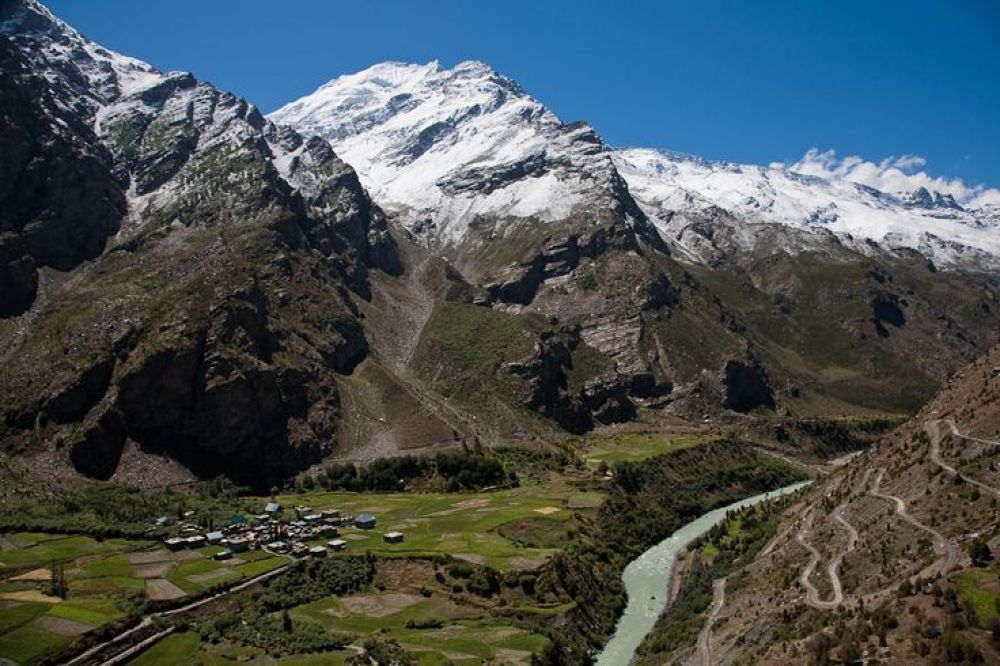

Nestled in the serene Lahaul Valley of Himachal Pradesh, the Gemur Monastery is a significant spiritual sanctuary and exemplary of Buddhist culture. The monastery dates back to over 700 years and is held in high regard by the Buddhist community and history enthusiasts. The monastery hosts many ancient Buddhist statues, thankas, musical instruments, and texts, which makes it a rich repository of Tibetan Buddhism and culture.
The history of Gemur Monastery is deep-rooted in the spread of Buddhism in the rugged terrains of Himachal Pradesh. Established in the 13th century, it has been a focal point for spiritual seekers and those intent on learning about the Tibetan Buddhism traditions. The Monastery has served as the religious and cultural hub of the region and attracts monks and nuns who seek to study and live according to the tenets of Buddhism.
Located close to the town of Keylong, the monastery has seen generations of believers trek through the challenging landscapes to offer their prayers and engage in the monastic lifestyle. Its significance has also been recognized by scholars interested in the architectural styles and the intricate artwork seen in the scriptures and idols.
Tourism in Gemur Monastery began to expand as the global interest in Himalayan mysticism and Tibetan culture increased. In recent years, it has seen a steady rise in visitors, including both pilgrims and tourists looking for a serene and enlightening experience away from the bustle of the urban chaos. The Lahaul Valley's accessibility has been improved with better roads and the recent construction of the Atal Tunnel, which further facilitates tourist visits to the region throughout the year.
The local government and the monastery itself have undertaken various initiatives to preserve the ancient architecture, scriptures, murals, and statues. These efforts ensure that the heritage of Gemur Monastery and the cultural legacy of the Lahaul Valley are maintained for future generations to appreciate and learn from.
Tourism in the region of Lahaul Valley and Gemur Monastery is expected to thrive as the area continues to open up through new infrastructural developments while prioritizing sustainable tourism practices, thereby preserving its unique environment and cultural vibrancy.